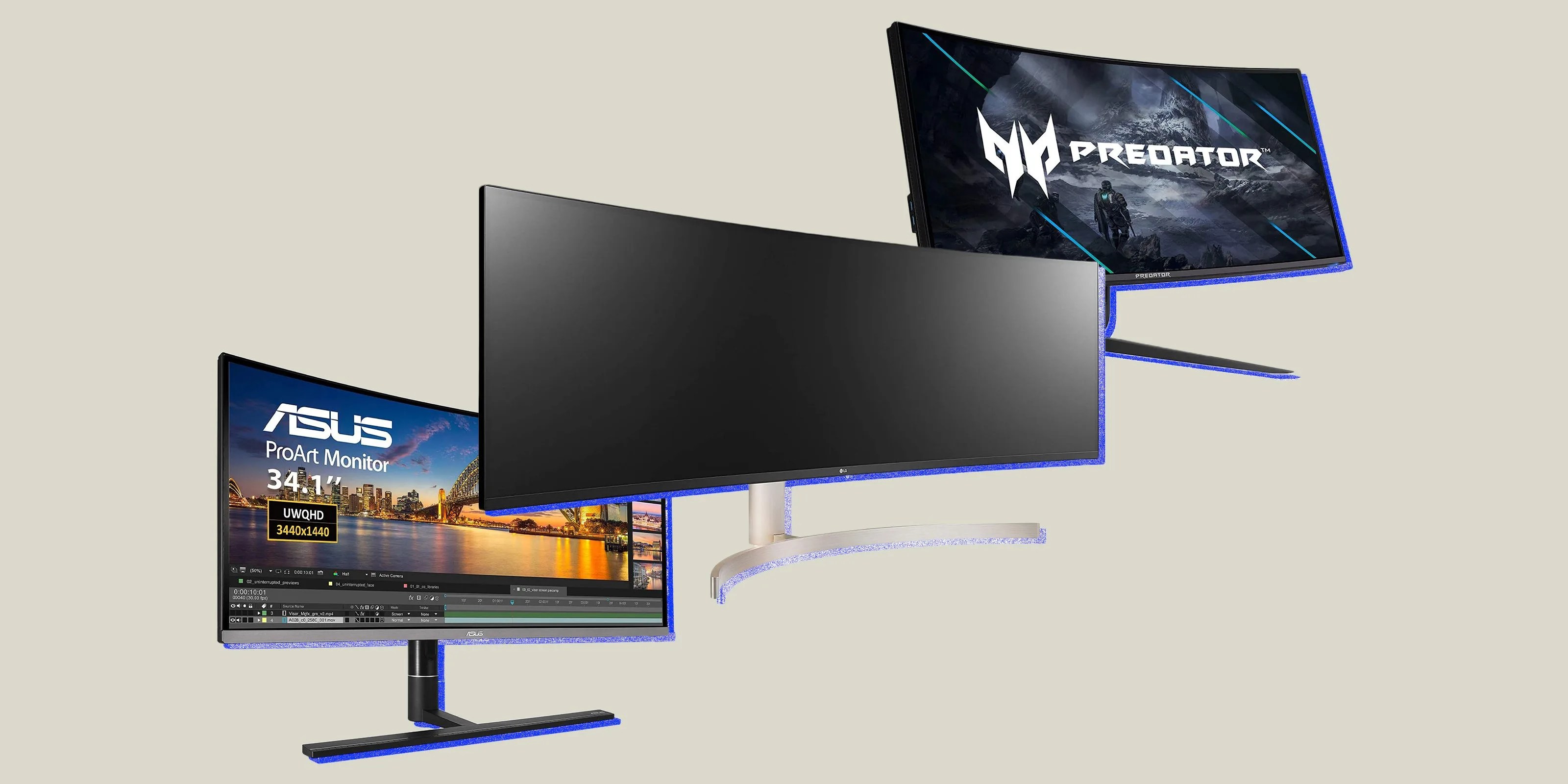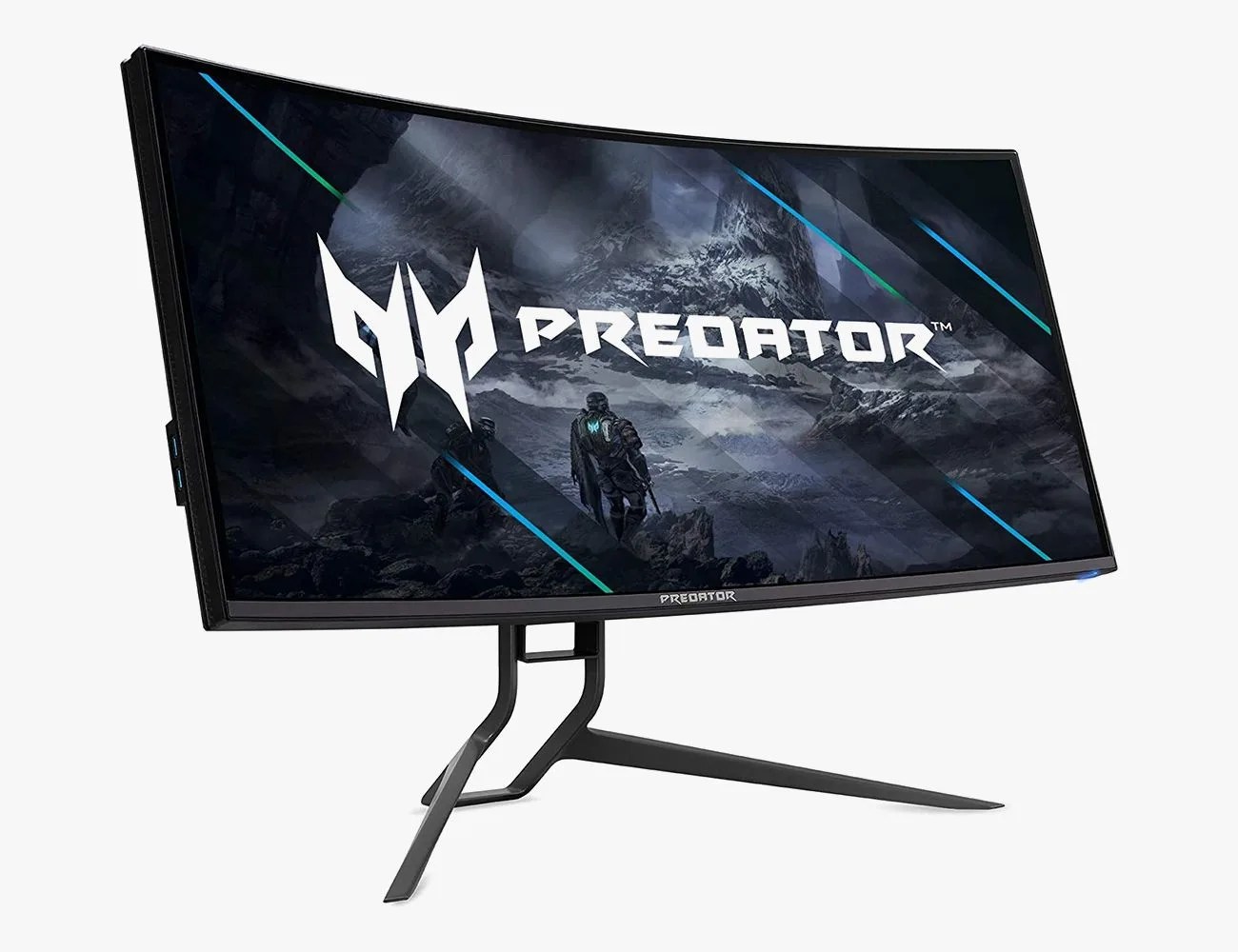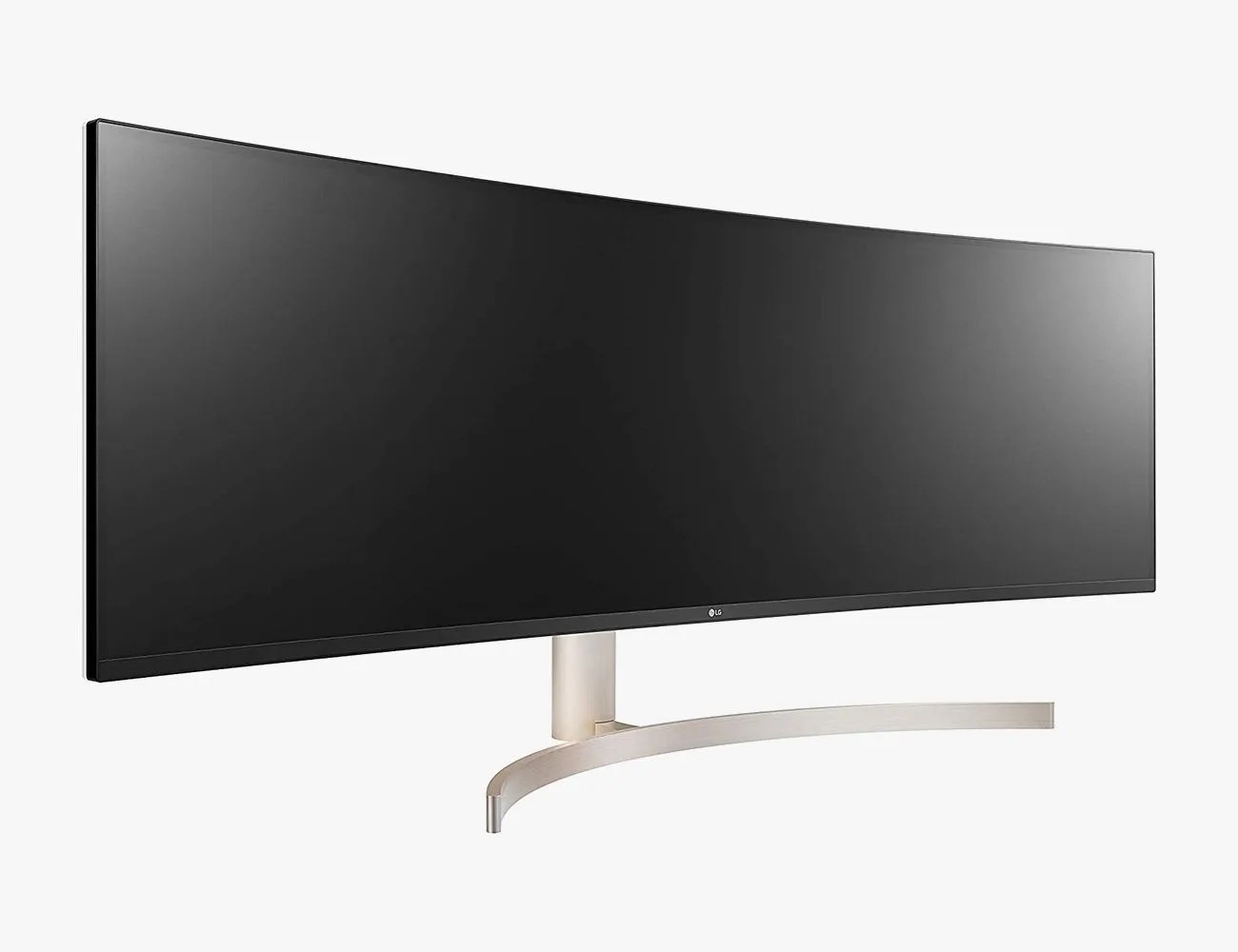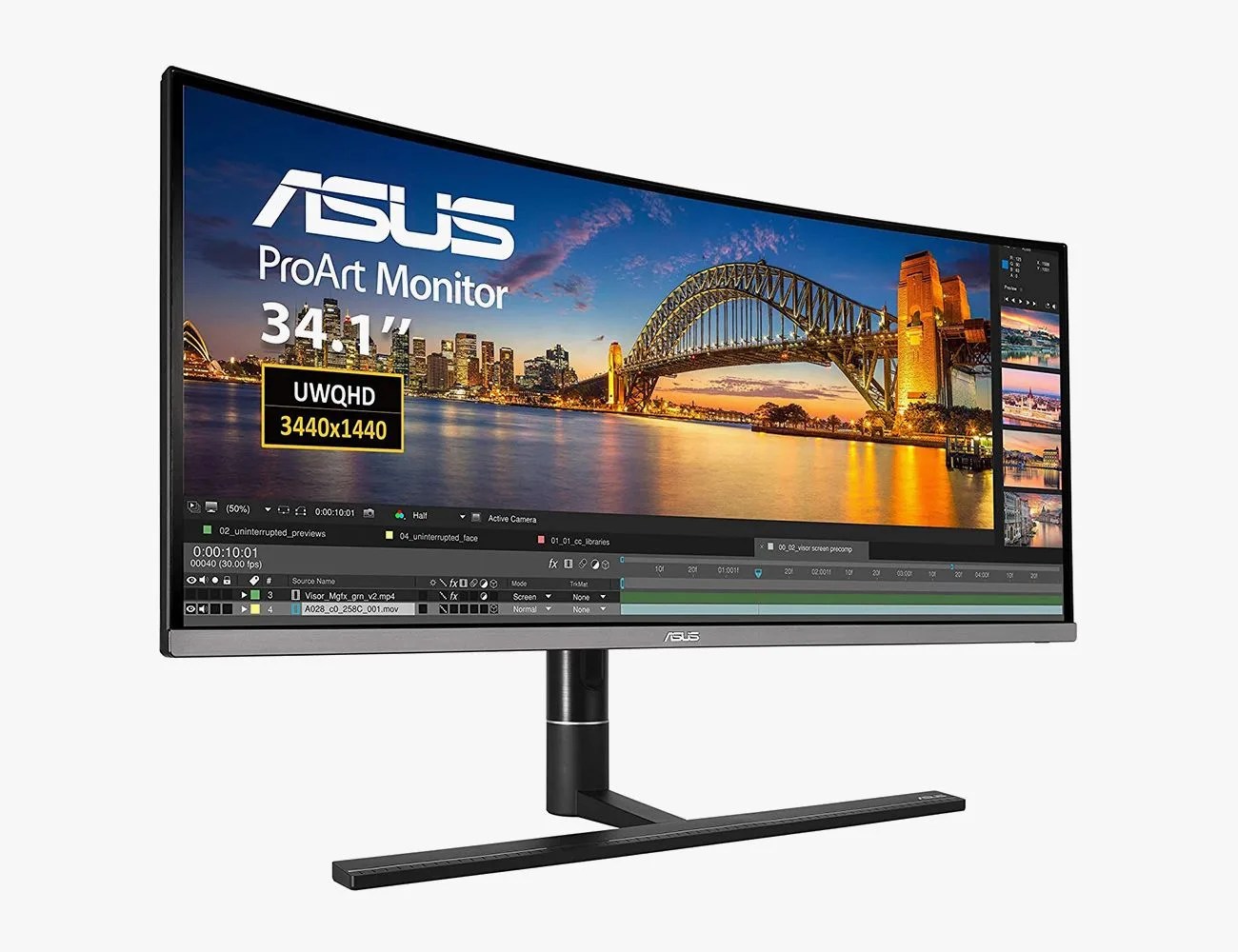When picking an external monitor, you’ve got a lot of things to decide. What size screen do you want? What about its resolution and refresh rate? The number of ports? How do you need to connect it to your computer? And maybe most importantly, how much do you want to spend? You also need to decide whether you want the monitor to have a flat or curved screen, the latter of which has become increasingly popular.
Products in the Guide
The Pros and Cons of a Curved Monitor
The big advantage of an external monitor with a curved screen is that creates a level of immersion that a flat-screen monitor just can’t compete with. You feel more like you’re in a game or you’re in a movie when experiencing it on a curved screen. And that’s why curved monitors have been a big hit in the gaming community. But curved monitors have proven to be a big hit for all kinds of business and creative professionals, as well — basically, anybody who wants to feel more “in” their work.
The other thing with curved monitors is that they generally come in bigger sizes than flat-screen monitors. They wrap around you a little bit, meaning you fit a bigger screen in a tighter space. And this is great for productivity and multi-tasking as you can have more apps and windows open at the same time.
There are a few drawbacks to curved screen monitors. Due to their larger sizes and fancier designs, they tend to be more expensive. The viewing angles are more limited — you really need to be sitting dead-center. Because of the bigger screen, the image on a curved monitor is more prone to get stretched out and distorted (especially on cheaper models). And they don’t really lend themselves to multiple monitor setups.





